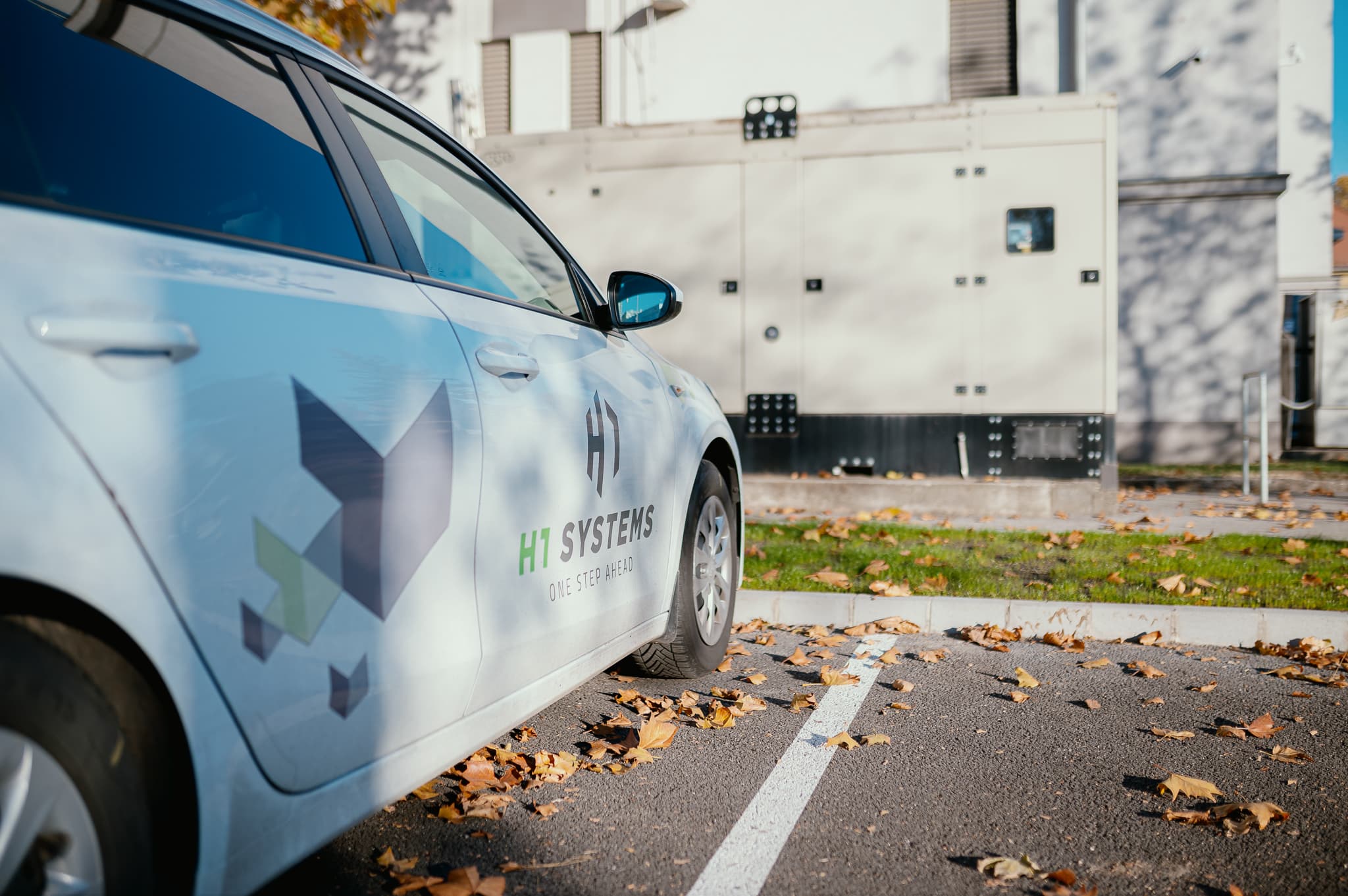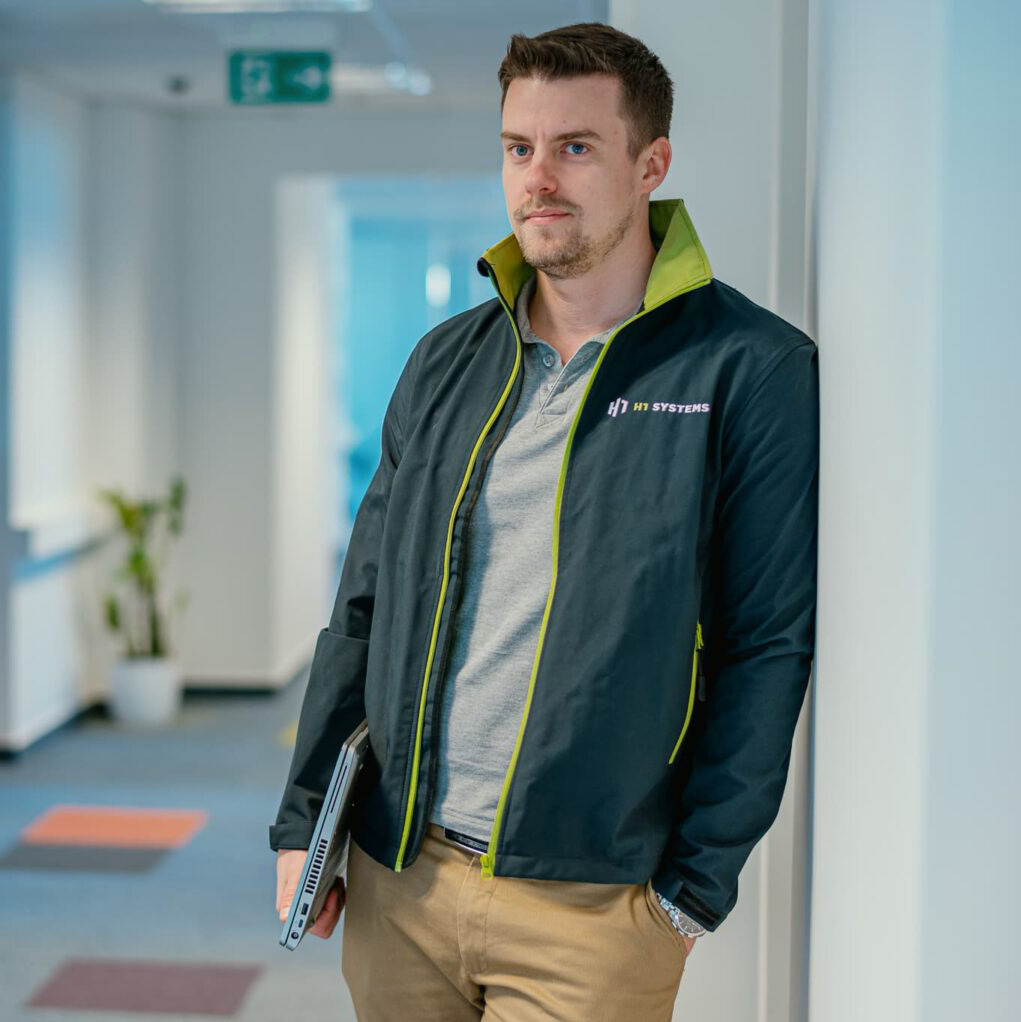Energetics
Energetics
Savings with H1 Systems consumption profile audit
Consumption profiling is a key issue in the development of conscious energy management and cost- effective operations. Particularly in the data center sector, but in fact for all large consumers, be it industrial facilities, large catering outlets, sports facilities, malls or office buildings. Of the many benefits available, the most obvious is that having an accurate profile of our customers, with improved predictability, we can make significant savings on energy service charges for energy retailers. Prices based on unaudited data, set at the maximum power plus safety margin, are invariably much lower than what can be achieved by knowing the consumption curves reviewed by H1 Systems’ experts, while still maintaining safe operation of course. The more information we can obtain or obtain by proxy, the more years of data we can work with, the more accurate our model will be and the greater the savings we can make on both the grid usage charge and the kilowatt per hour charge.

A good building control system not only displays, but also transparently summarizes and manages

A major advantage of monitoring systems is that because they continuously look at operating conditions, temperatures, operational data and logical relationships, they can provide the context in real time to help operations managers and on-call supervisors make responsible decisions, manage the response and implement complex protocols that can be applied to a given situation.
H1 Systems’ integrated building surveillance systems enable real-time access and visualization through dedicated wired and cloud connections and mobile applications, enabling rapid detection of risks, improving facility control and management, while avoiding significant increases in operational and capital costs.
We achieve the highest level of centralized control through customized, graphical design of available functionalities, protocols and remote controls.
Why is H1 Systems installing Integrated Building Control in more and more locations?
The biggest challenges for technical managers in complex systems are often not the lack of information, but the difficulty of extracting it. One of the most frustrating and risky difficulties in guaranteeing safe operation is when faults and shutdowns need to be resolved before serious or irreversible problems develop. Having an integrated, customizable operator interface that can transparently display all the systems in a data center or even an entire building plays an indisputable role in making responsible decisions, reacting quickly in time and finding the right sequence of actions.
The existence of such a system is a huge advantage even in the ideal situation where there is otherwise a team of on-site operators who know the site and the systems in the building, because even for them it can be a major headache and investigation to find and troubleshoot a single fault if its source can be pieced together from partial information from isolated systems, scattered throughout the building, or from multiple off-site or off-call operators. These problems are compounded when the generated trouble tickets are attempted from dispatch centers with no knowledge of the location and system, as there is usually little practical information to be gleaned from the automatically generated trouble tickets they send onwards, and often very expensive time is lost if the on-call troubleshooters have to start by looking for the devices and quickly understanding the system’s operating logic rather than by actually troubleshooting the problem.





